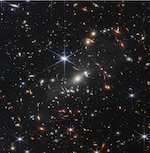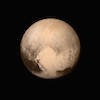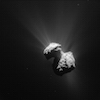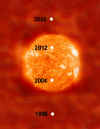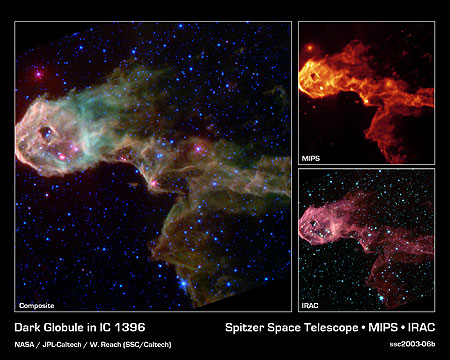| |
Astronomy Information for the Public
sky maps |
local astronomy organizations |
links
Current and upcoming astronomical events

|
|
The sound of a meteor hitting the ground was recorded for the first time although much larger meteors have been recorded exploding in the air as they approached the ground and the resulting shock waves are much louder.
|

|
|
...The imagers and spectrographs on JWST operate in the infrared. Images are therefore color-coded according to wavelength (generally) but cannot be true color as they are at wavelengths that aren't detected by human eyes. You can compare Hubble Space Telescope images (mostly optical wavelengths) to JWST images of the same objects.
|
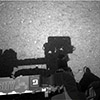
|
|
NASA's Curiosity rover landed successfully on Mars in early August, 2012. It has been exploring since then.
|
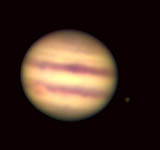
|
|
2009 has been declared the International Year of Astronomy, in commemoration of Galileo's first telescopic observations, 400 years ago. We are hosting a series of events at Swarthmore to celebrate.
|
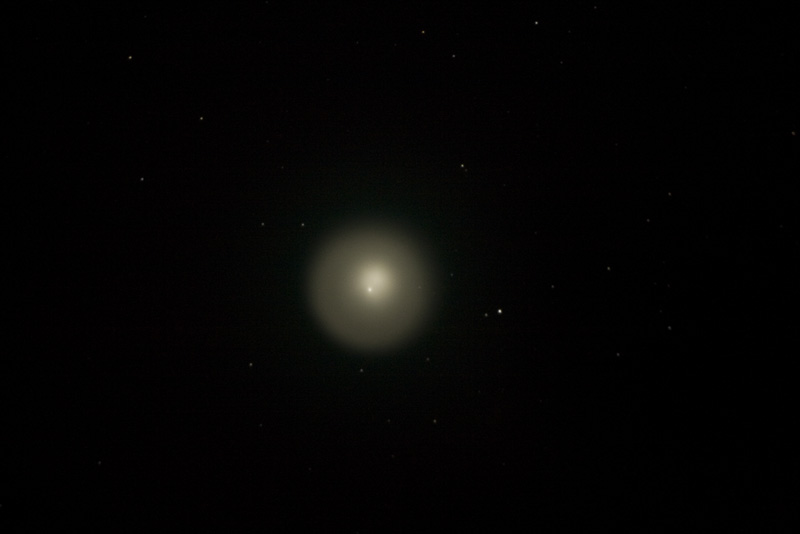
|
|
There was an unexpectedly bright (and big) comet in the sky during November, 2007: Comet 17P/Holmes. Use this sky map to find it.
|
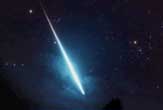
|
|
The Leonid meteor shower should peak around midnight on Saturday/Sunday, November 18-19. Note that the intensity of meteor showers is notoriously hard to predict. And how spectacular it looks to you will strongly depend on how dark the skies are where you're watching. NASA has some good information about the Leonids.
|

|
|
The Cassini-Huygens spacecraft is at Saturn, sending back fantastic pictures of Saturn, its rings, and its moons.
|
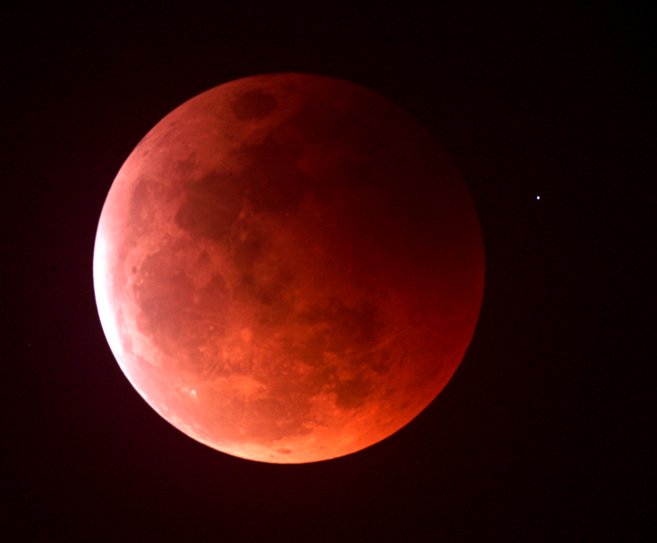
|
|
On Wednesday night, October 27, 2004, starting a bit after 9 PM, there was a lunar eclipse visible from all of North America. We had over 50 people on the observing deck on the roof of the science center for public viewing of the eclipse. Check out these photos.
|

|
|
NASA's Stardust Mission is gathering material from comet Wild 2 and bringing it back to Earth. The comet dust collectors are made out of aerogel.
|
Information about what's up in the sky on any given night
in-the-sky.org – local rise and set times
This week's sky at a glance (from Sky and Telescope)
Space.com: Skywatching
Sky Maps
Earth & Sky: Skywatching center
Space weather
Software to make sky maps
Starry Night: maps the night sky from any location for any date;
15 day free trial.
Stellarium: free planetarium/sky map software.
Yoursky is free and uses a web interface to custom-make star maps.
Local astronomy organizations
Delaware Valley Amateur Astronomers
Rittenhouse Astronomical Society
Links
Astronomy Picture of the Day
The NSSDC: Another good source of astronomical images.
Telescope buying guide: Sky & Telescope
Information about upcoming telescope open houses at the Peter van de Kamp Observatory.
|
|

